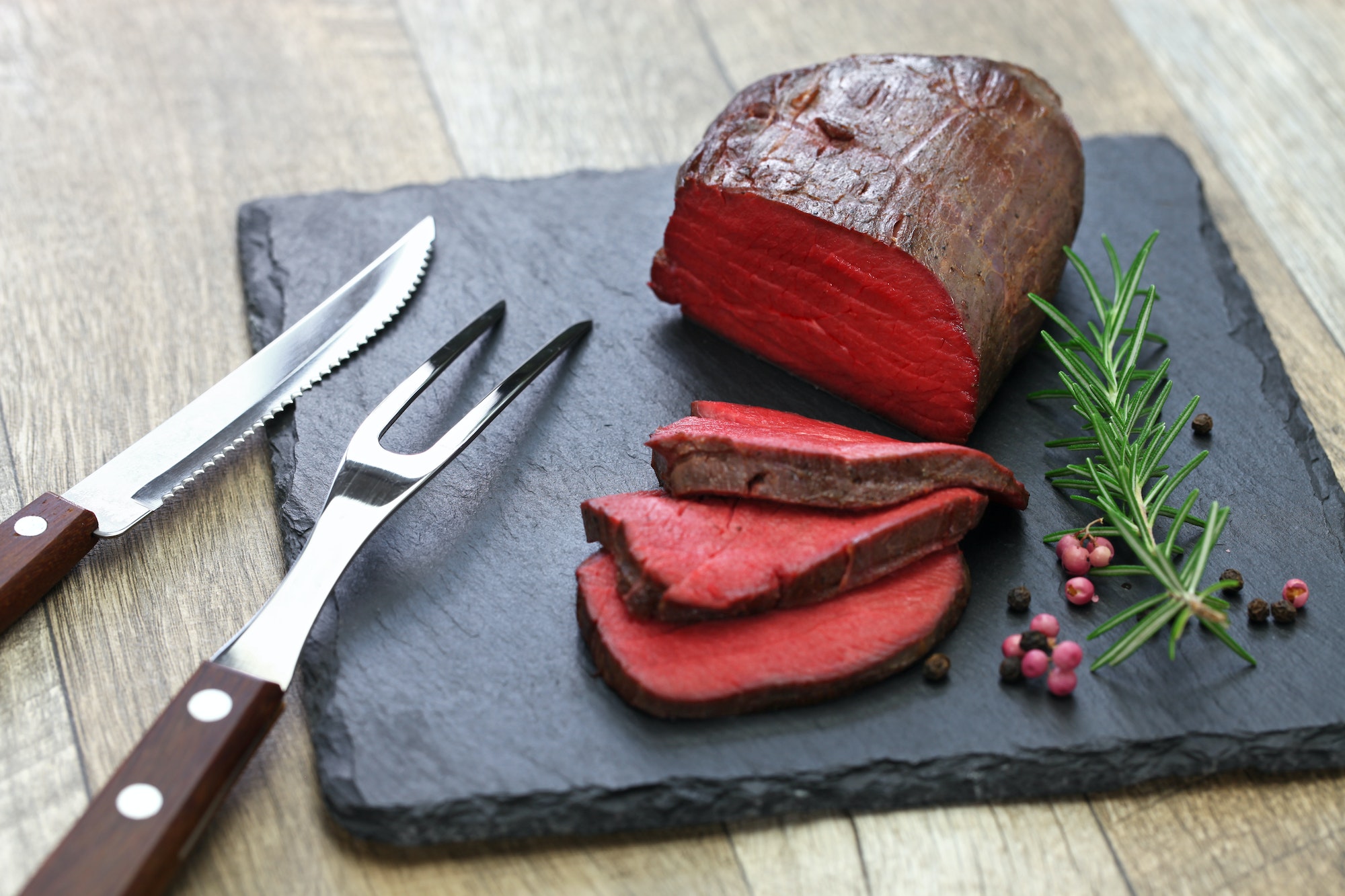The world of gastronomy is constantly evolving, with chefs and culinary enthusiasts always on the lookout for new, innovative ways to prepare and present their dishes. In recent years, a number of cutting-edge techniques and technologies have emerged, transforming the landscape of gourmet kitchens around the globe. Let’s take a closer look at some of these culinary innovations and explore some of the world’s most innovative gourmet kitchens.
One of the most significant advancements in modern cooking is the rise of sous vide technology. This method involves cooking food in vacuum-sealed bags submerged in a temperature-controlled water bath. The precise temperature control allows for even, consistent cooking, resulting in perfectly tender and flavorful dishes. Many high-end restaurants now utilize sous vide machines in their kitchens, such as Thomas Keller’s renowned French Laundry in California.
Another groundbreaking technique that has taken the culinary world by storm is molecular gastronomy. This scientific approach to cooking combines food science with culinary artistry, resulting in unique textures, flavors, and presentations. One example of molecular gastronomy is spherification, where liquid ingredients are transformed into small spheres resembling caviar. Ferran Adrià’s former restaurant El Bulli in Spain was a pioneer of molecular gastronomy, and many other establishments have since followed suit, including Grant Achatz’s Alinea in Chicago.
Modernist cuisine is another trend that has revolutionized gourmet kitchens. This movement focuses on using innovative techniques and equipment to create dishes that are not only delicious but also visually stunning. For instance, chefs may use liquid nitrogen to create frozen foams or employ anti-griddles to rapidly freeze ingredients on one side while leaving the other side warm. The Cooking Lab in Bellevue, Washington – founded by former Microsoft CTO Nathan Myhrvold – is a hub for modernist cuisine research and development.
In addition to these cutting-edge techniques, many gourmet kitchens are incorporating advanced appliances and tools to elevate their culinary creations further. One such innovation is the combi oven, which combines convection and steam cooking to produce consistently excellent results. These versatile ovens can be found in the kitchens of many Michelin-starred establishments, such as Eleven Madison Park in New York City.
Induction cooktops are another technological advancement that has transformed gourmet kitchens. These cooktops use electromagnetic energy to heat cookware directly, offering precise temperature control and energy efficiency. Many high-end restaurants, like Heston Blumenthal’s The Fat Duck in the UK, have embraced induction cooking for its numerous benefits.
In addition to these advanced appliances, some innovative gourmet kitchens are experimenting with alternative cooking methods and ingredients. For example, Copenhagen’s Noma – led by chef René Redzepi – is renowned for its hyperlocal, seasonal approach to cuisine. The restaurant sources many of its ingredients from the surrounding Nordic region and even forages for wild edibles to incorporate into its dishes.
Similarly, Dominique Crenn’s Atelier Crenn in San Francisco emphasizes sustainability and environmental responsibility in its culinary creations. The restaurant’s menu features organic, locally-sourced ingredients and even includes a “vegetable-forward” tasting menu that showcases the versatility of plant-based dishes.
With these new techniques and technologies at their disposal, today’s gourmet kitchens are pushing the boundaries of what is possible in the culinary world. From sous vide cooking and molecular gastronomy to modernist cuisine and sustainable practices, these innovations are redefining what it means to be a connoisseur of fine dining.

